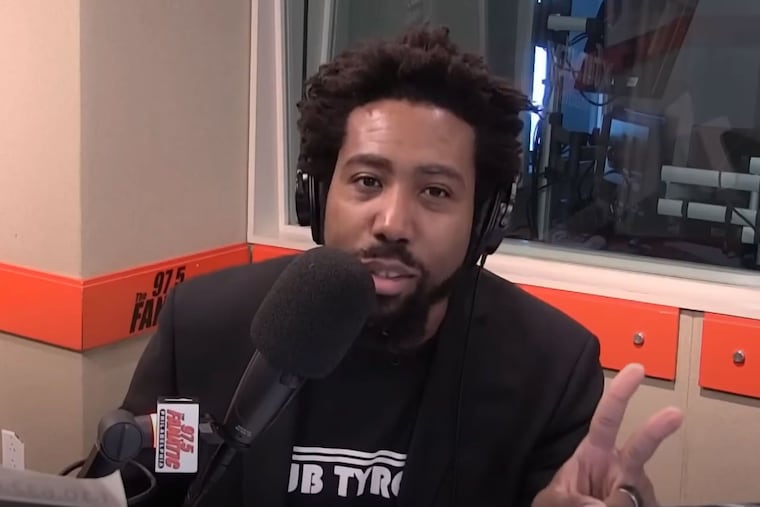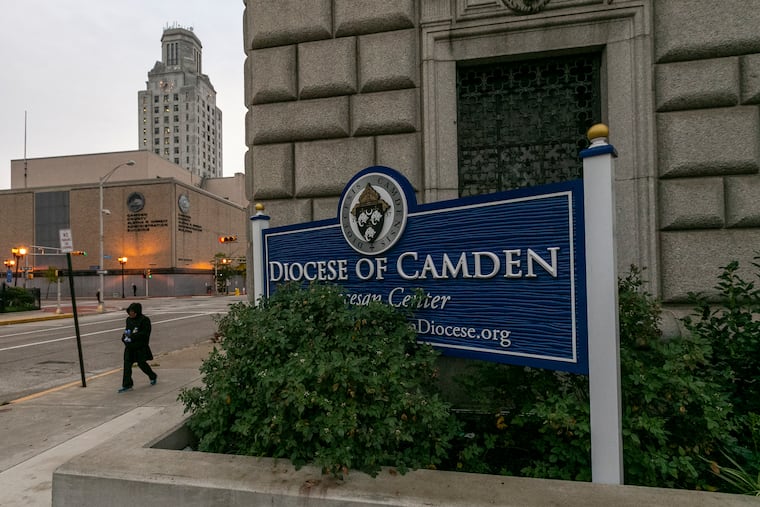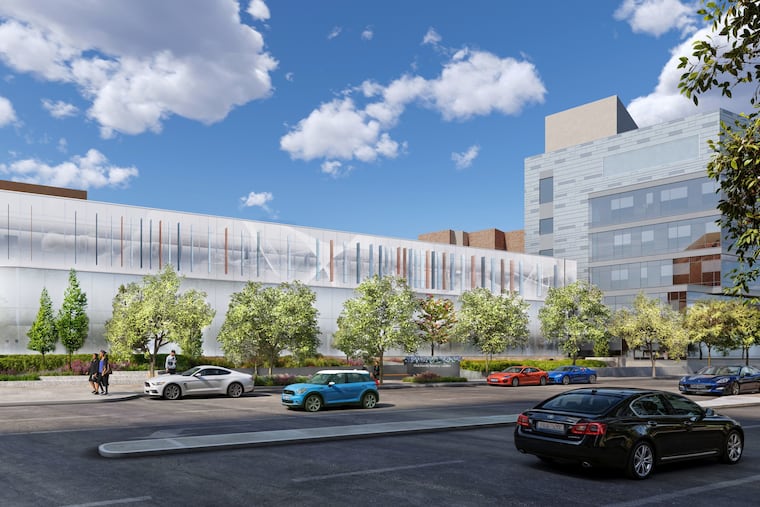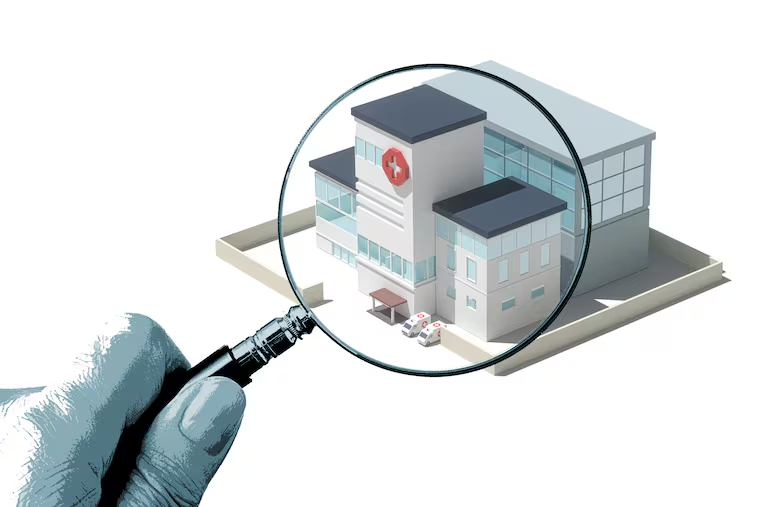As Hahnemann’s patient count dwindles to single digits, Temple and Jefferson see uptick in patients
Temple says many of the people who would have sought care at Hahnemann are turning up a few blocks away at Temple. That's going to be expensive.
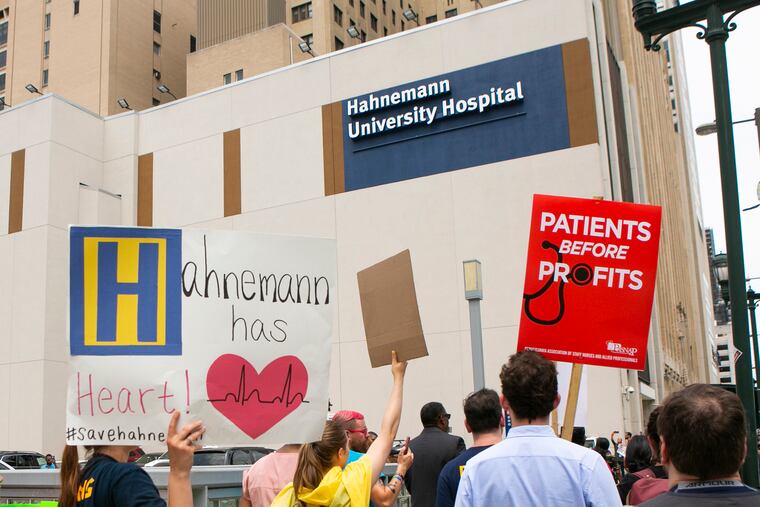
- Merck plans to move manufacturing of its biggest drug, Keytruda, to a new U.S. factory and lab in Delaware
- Transfer portal: Villanova adds another 2025 recruit; Drexel, La Salle, Temple add players
- Flyers coaching candidate Rick Tocchet is a free agent after parting ways with the Canucks
- Comcast and Aramark scrubbed DEI content amid Trump crackdown
- Bob Geldof says Live Aid’s success “would have been impossible without Philadelphia”
Inga Saffron | Columnist, For The Inquirer
Link copied to clipboard
Live Updates
Link copied to clipboard
Link copied to clipboard
Link copied to clipboard
Cara Anthony, Tribune News Service
Link copied to clipboard
David E. Tolchinsky, The Conversation
Link copied to clipboard
Link copied to clipboard
Link copied to clipboard
Christine Polizzi, For The Inquirer
Link copied to clipboard
Link copied to clipboard



